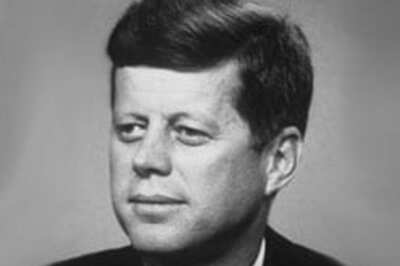
views
CHENNAI: The Train Protection and Warning System (TPWS) meant for preventing train collisions, which is on trial on the 46-kilometre stretch at Chennai Central — Gummidipoondi suburban section since 2009, is not suited for Indian Railway conditions, if one were to go by the report of the High Level Safety Review Committee constituted by the Railway Ministry to review rail safety.In its report submitted to Railway Minister Dinesh Trivedi, the committee headed by the former Chairman of Atomic Energy Commission, Dr Anil Kakodkar, stated that the system, which is based on a proven European design, was not functioning well as motormen operating trains on the section were complaining of glitches like false braking and system problems.The committee comprising Dr N Vedachalam of the Vikram Sarabhai Space Centre, Thiruvananthapuram, had inspected the system in an Electric Multiple Unit during a two-day visit to Chennai on December 12 last year.TPWS is based on a European Train Control System (ETCS) that sets out to create a standardised train control system to address concerns on track–to-train transmission of information. In this system, the driver gets audiovisual indication of the signal aspect and in case he fails to acknowledge yellow/red signals within a stipulated period, the brakes are applied automatically.TPWS of Indian Railway features spot transmission of data from the ground to trackside to the driver’s cabin using radio beacons located on the sleepers at fixed points.“This offers protection with high design integrity. However, it does not provide significant enhancement to line capacity,” the report further underlined.Pointing out that the poor functioning of TPWS also indicates a lack of its customisation to Indian conditions, the committee suggested that the Indian Railways might like to consider a paradigm shift in its implementation strategy for deploying modern and effective signaling systems. According to a motorman, the TPWS has some practical problems. He said the system had been designed in such a way that the brakes should get applied automatically during an emergency.However, the system applies the brakes in situations where it is not required, disrupting the movement of Electric Multiple Units (EMUs).




















Comments
0 comment